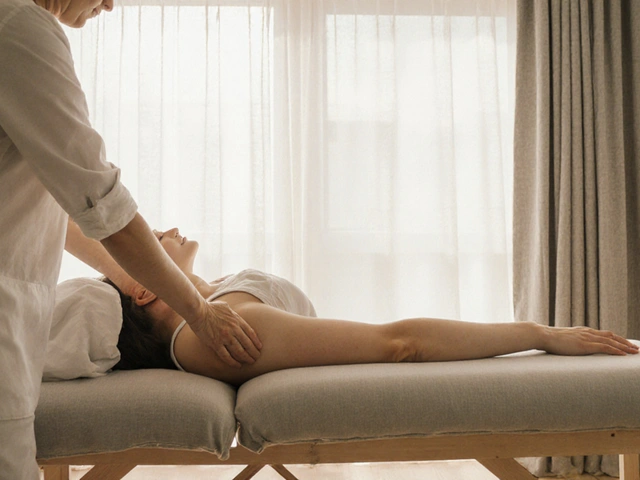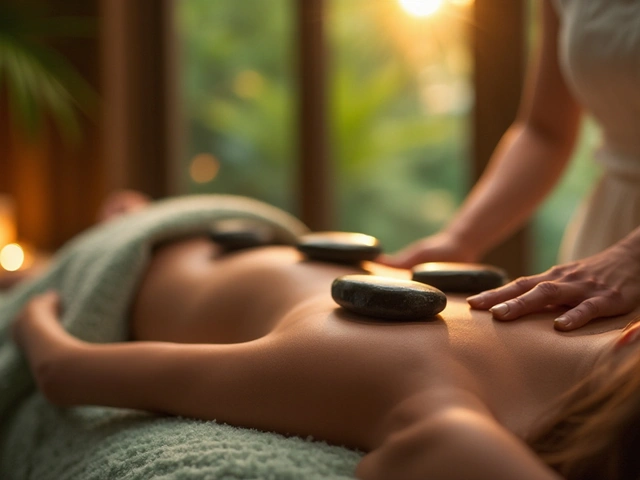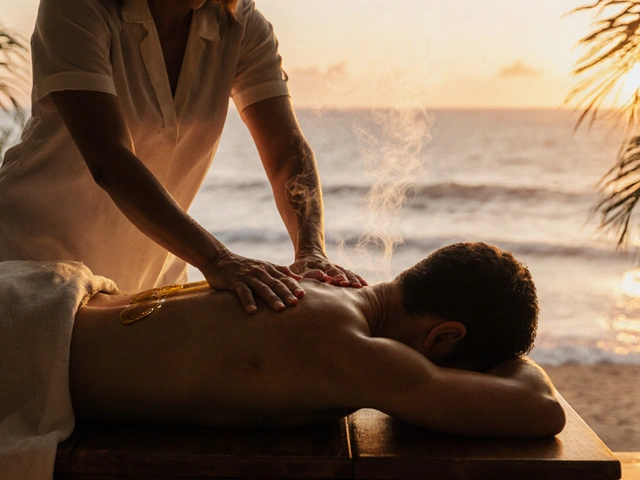Healing Power: Massage & Bodywork That Actually Help
Want faster pain relief and less stress without drugs? Healing practices like acupressure, Hellerwork, and Lomi Lomi offer clear, useful tools you can try now. This page pulls together proven methods and real tips from therapies that help people move, sleep, and feel better.
Start by matching the method to your problem. If you have tight muscles and knots, trigger point work or warm stone massage breaks up tension fast. If your posture and chronic back pain are the issue, structural methods like Rolfing or Hellerwork aim to change the body’s alignment over weeks. For stress, polarity therapy or a simple acupressure routine can calm the nervous system in one session.
Practical tips before you book
Ask about training and experience. A session with a certified practitioner matters more than the fancy name of the therapy. Tell the therapist about past injuries, surgeries, and what helps or hurts during touch. If you’re nervous, start with a shorter session or ask for lighter pressure. Expect honest pushback—good therapists will explain what they can and can’t fix.
Try simple self-care between sessions. For muscle knots, use a tennis ball against a wall for 1–2 minutes on the spot, followed by gentle stretching. For sleep and stress, press the inner edge of your wrist (pericardium point) for 30–60 seconds; many people notice calmer breathing. Small daily habits multiply the benefits from professional sessions.
Which therapy fits common needs
Back pain: Amma massage and targeted trigger point work reduce tightness and improve movement. Look for therapists who offer a clear plan—how many sessions, home exercises, and progress checks. Chronic conditions like scoliosis may benefit from Rolfing or long-term structural work, but expect gradual change, not quick fixes.
Stress and sleep: Try acupressure, polarity therapy, or palliative massage if you need emotional easing as well as physical relief. These methods focus on relaxation and nervous system balance, and many clients report better sleep after one or two sessions.
Recovery and mobility: Feldenkrais and Ortho-Bionomy teach movement patterns that reduce strain and improve coordination. They’re low force and work well alongside regular massage. Athletes often pair warm stone or Amma sessions for faster muscle recovery after training.
If you’re curious but unsure, pick a short session, ask for references, and keep a simple log of pain, sleep, and mobility after each visit. Small, consistent steps reveal which therapy actually helps you. Healing power isn’t magic—it’s choosing the right touch, doing simple follow-up at home, and working with a therapist who listens.

Experience the Healing Power of Trigger Point Massage
As a devoted wellness blogger and massage therapy enthusiast, I've recently experienced the incredible healing power of trigger point massage. In this post, I dive into uncovering the benefits and method behind this therapeutic technique, which is ideal for anyone dealing with chronic pain or muscle tension. It's transformed my wellbeing journey, and I'm excited to share how it might help you too. Prepare to embrace a world of transformative pain relief and relaxation with trigger point massage therapy!
Categories
- Health and Wellness (148)
- Alternative Therapies (86)
- Massage Therapy (40)
- Travel and Culture (15)
- Beauty and Skincare (9)
- Holistic Health (8)
- Health and Fitness (5)
- Spirituality (5)
- Other (2)
- Personal Development (2)



